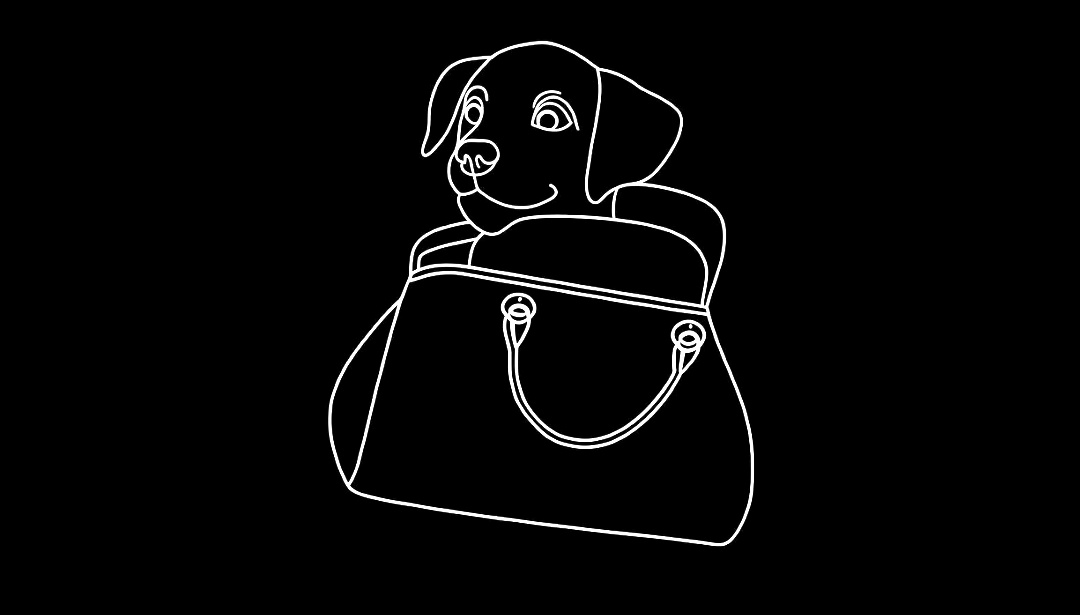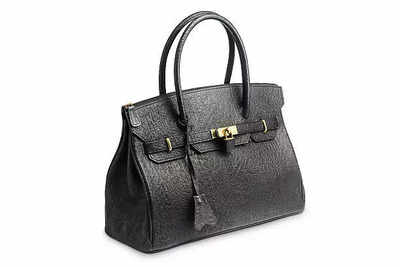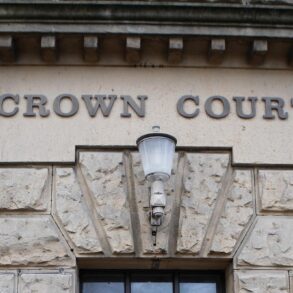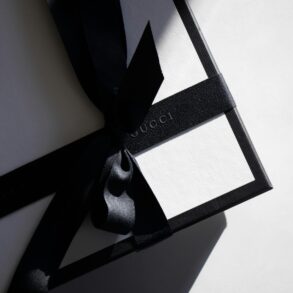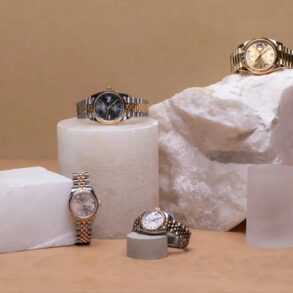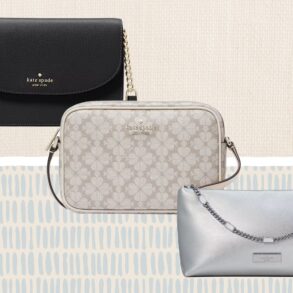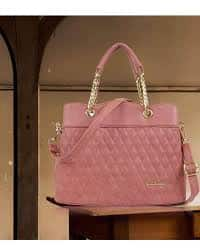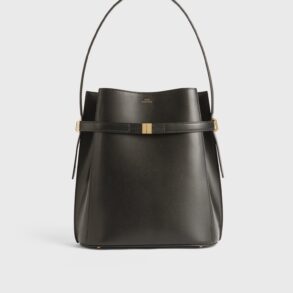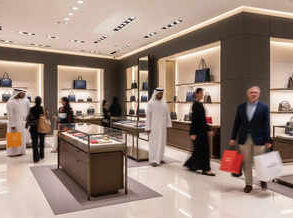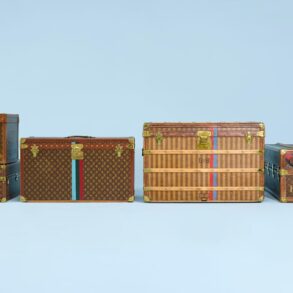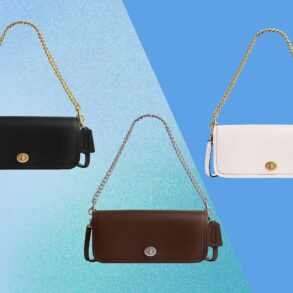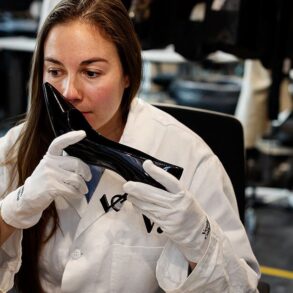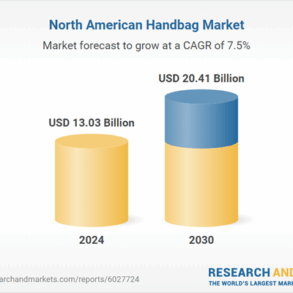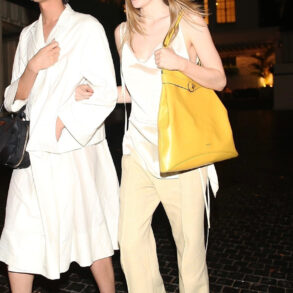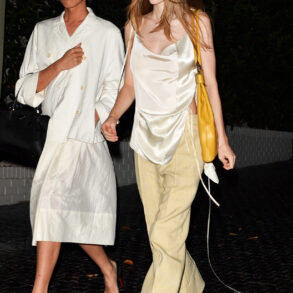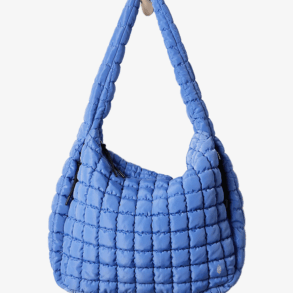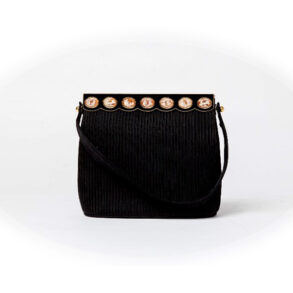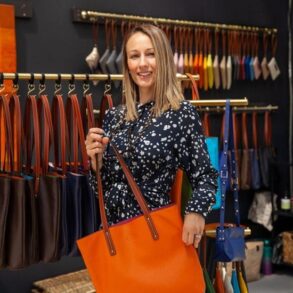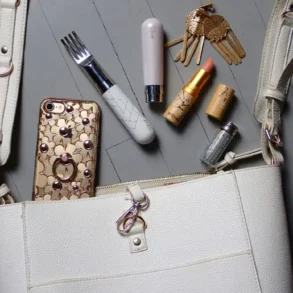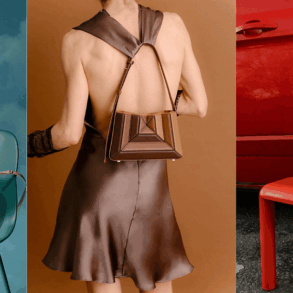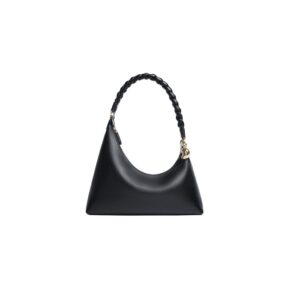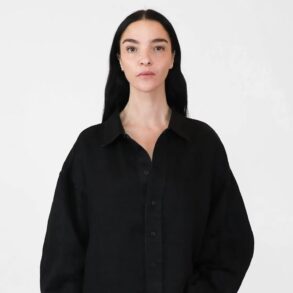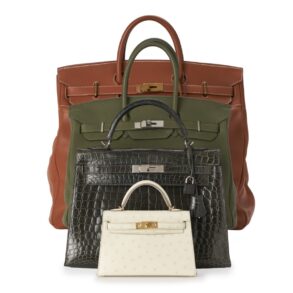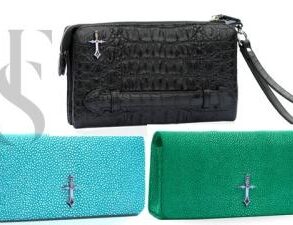Luxury Handbags as Alternative Investments: A Trend Surpassing Traditional Assets
Over the past few decades, designer handbags, especially iconic pieces like the Hermès Birkin, have proven to be more than just fashion statements—they’ve become sought-after assets with impressive returns. Between 1980 and 2015, these luxury bags grew in value at an average annual rate of 14.2%, significantly outpacing the S&P 500 index, which delivered a more modest annualised return of around 10%.
Originally priced around $9,000 (approximately ₹7,40,000), the value of certain Birkin bags has surged, with some now reselling for $30,000 (around ₹22,30,000) or more, depending on their size, colour, and condition. This surge in value has led to the rise of high-end handbags from brands like Hermès, Chanel, Goyard, and Louis Vuitton as viable alternatives to traditional investments. In fact, some luxury handbags have outperformed other collectibles in recent years, further cementing their place as valuable assets.
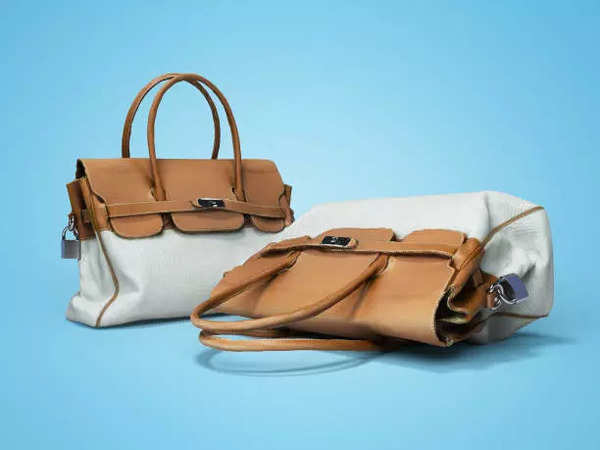
While these bags may retail at about $9,000 (₹7,40,000) and above, their resale value can skyrocket due to a range of factors. As per CNBC, certain limited-edition Birkins have been known to fetch even higher prices on the resale market. With their ever-growing demand, these designer bags have even been recognised as a potential investment category, with increasing numbers of investors viewing them as an asset class in their own right.
A 2022 study by global investment banking giant Credit Suisse highlighted that handbags—especially those from prestigious brands like Hermès—are among the least volatile of collectible assets. Unlike stocks or traditional investments, luxury handbags have been proven to offer a favourable risk-to-reward ratio and have even been shown to act as a hedge against inflation. In contrast, gold, a traditional safe-haven asset, only delivered an annualised return of 3.4%, according to the same report.
What’s even more remarkable is that certain handbags, particularly the Hermès Birkin, boast a value retention rate nearing 90% or higher, far surpassing other luxury collectibles. Luxury resale sites like Rebag have documented the impressive appreciation in the value of these bags, affirming their place in the investment world.
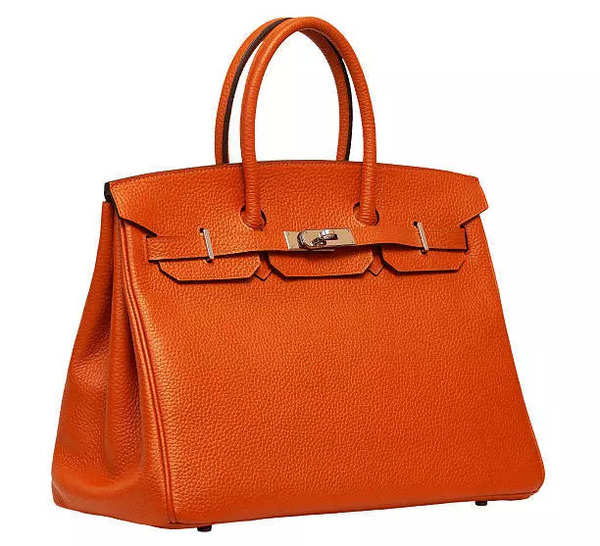
However, the rise of handbags as investment assets is not without its criticisms. Some argue that it reinforces societal pressures, particularly for women, to invest in grooming and luxury items to “fit in.” Jasmine Tucker, vice president of research at the National Women’s Law Center, pointed out the disparity in how women are expected to spend on appearance while often earning less.
Additionally, financial experts like Carolyn McClanahan, a certified financial planner, expressed discomfort with the idea of positioning luxury purchases, such as handbags, as investments. She remarked, “It grosses me out when I see purchases positioned as investments; it hits me the wrong way.”
Despite the criticisms, the luxury handbag market has clearly captured the attention of investors, collectors, and fashion enthusiasts alike. Whether viewed as a statement of style or a secure investment, these bags are undeniably proving their worth beyond the runway.
This post was originally published on this site be sure to check out more of their content.
